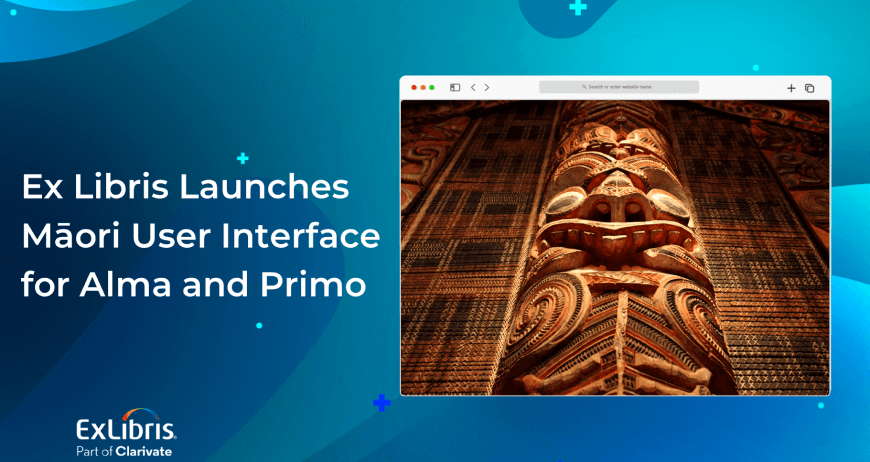It would be almost impossible for Ex Libris and our URM development partners to build a next-generation library management solution without asking a lot of challenging questions and continually repeating the mantra of “Think Differently!” It goes without saying that much has happened in the years since the current generation of library management products was developed –technology is advancing, suppliers are consolidating, and library goals are changing. As we design a system that can accommodate the current and future needs of libraries, it can be a challenge to balance the “traditional” workflows and processes that we’ve become accustomed to – and, in many cases, that we’ve optimized – with opportunities to do things in different ways.
As we’ve worked with our URM development partners, one area that has become the source of – shall we say lively? – discussion is the metadata editor and, in particular, the MARC cataloging interface.
On the one hand, we know that the demands of a production cataloging environment call for rapid data entry – and many libraries have optimized their workflows to ensure the greatest productivity in this regard. Further, many of our current cataloging tools and practices can be traced back to the days of terminal-based systems. While the library community has reaped countless benefits in moving away from those legacy systems, the environment often did make it easier to perform data-entry intensive tasks. Many catalogers still prefer a more text-based user interface, with options for keyboard-driven commands and navigation, for exactly this reason. As one of our partners noted, “The most repetitive part of a cataloger’s job is the encoding – and once you know the rules for creating and editing a MARC record, anything that slows down that process causes a lot of frustration.”
On the other, in a next-generation environment, we have opportunities to introduce new efficiencies by moving away from a text-based interface. With a new, more “element-based” editor, the URM could assist users in the entry of controlled values in appropriate record fields and subfields. For new or less-experienced staff, learning how to describe the library’s resources could be simplified through the use of text-labeled elements that link to contextualized online help resources. And beginning to work in a new editing environment will also likely pave the way for the implementation of new XML-based metadata formats, something that is of increasing interest to our partners and to the larger library community.
The possible opportunities in a next-generation environment prompted Ex Libris and our development partners to consider a trade-off: should we stick with what works for us now, or should we move toward a different interface that supports new efficiencies? And this question was only further complicated as we looked to the future – a future in which other types of record formats are likely to predominate and in which shared, community-centric metadata (supported by the URM’s Metadata Management System) will play a huge role.
This certainly hasn’t been the only tough question we’ve had to address in planning URM functionality, but because it touches an area in which productivity is so important, it’s been one of the hardest. After quite a bit of consideration and evaluation, our development team came up with a solution that will work best for the product and its users, one that elegantly combines the benefits of a text-based editor with many of the features enabled by an element-based editor. As an example, the URM MARC editor will support index look-ups, even in fields with multiple subfields. We feel that this solution supports the best of both worlds – providing new efficiencies without compromising on the productivity we’ve achieved in our current cataloging environments.
Kathryn









